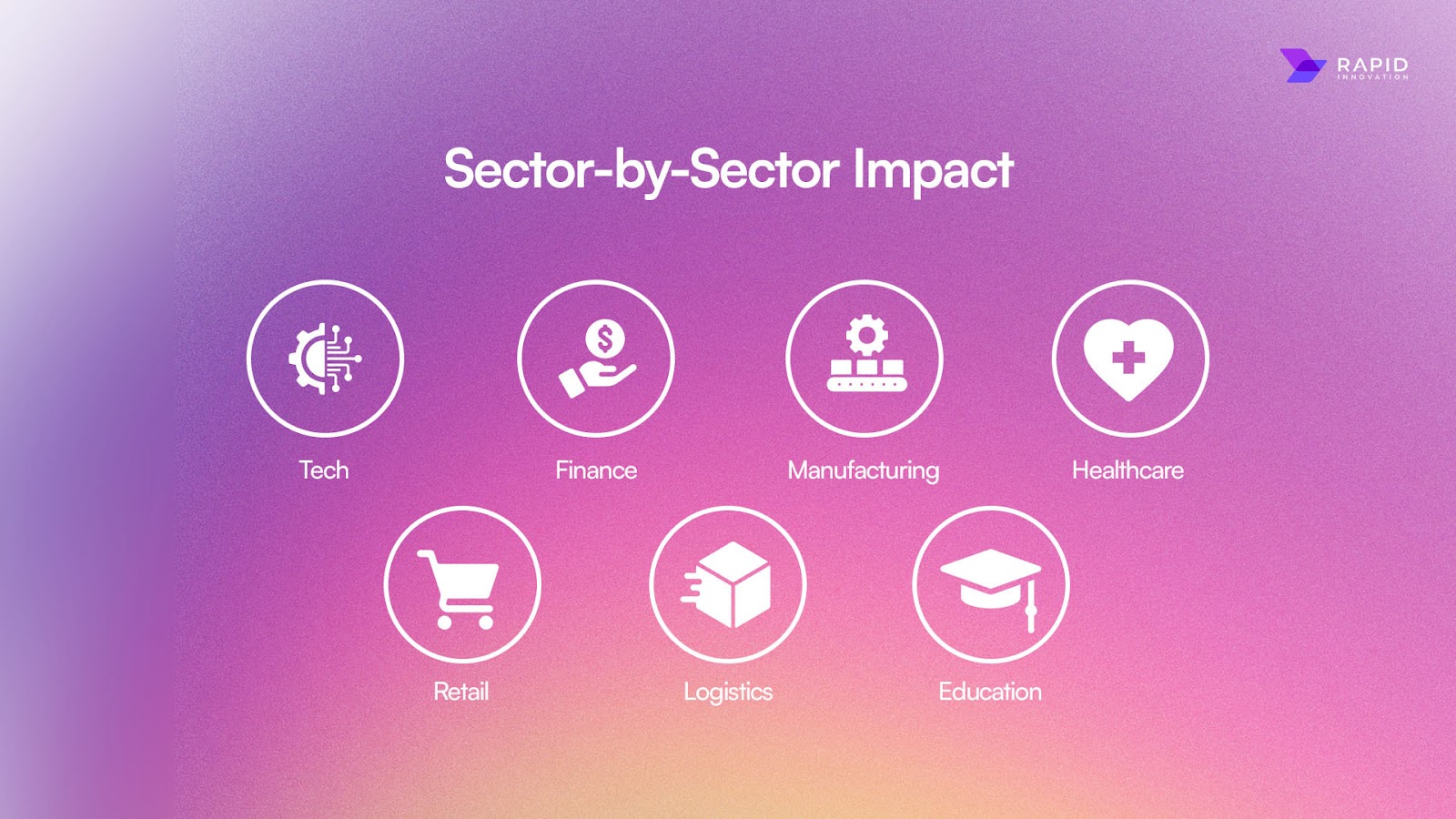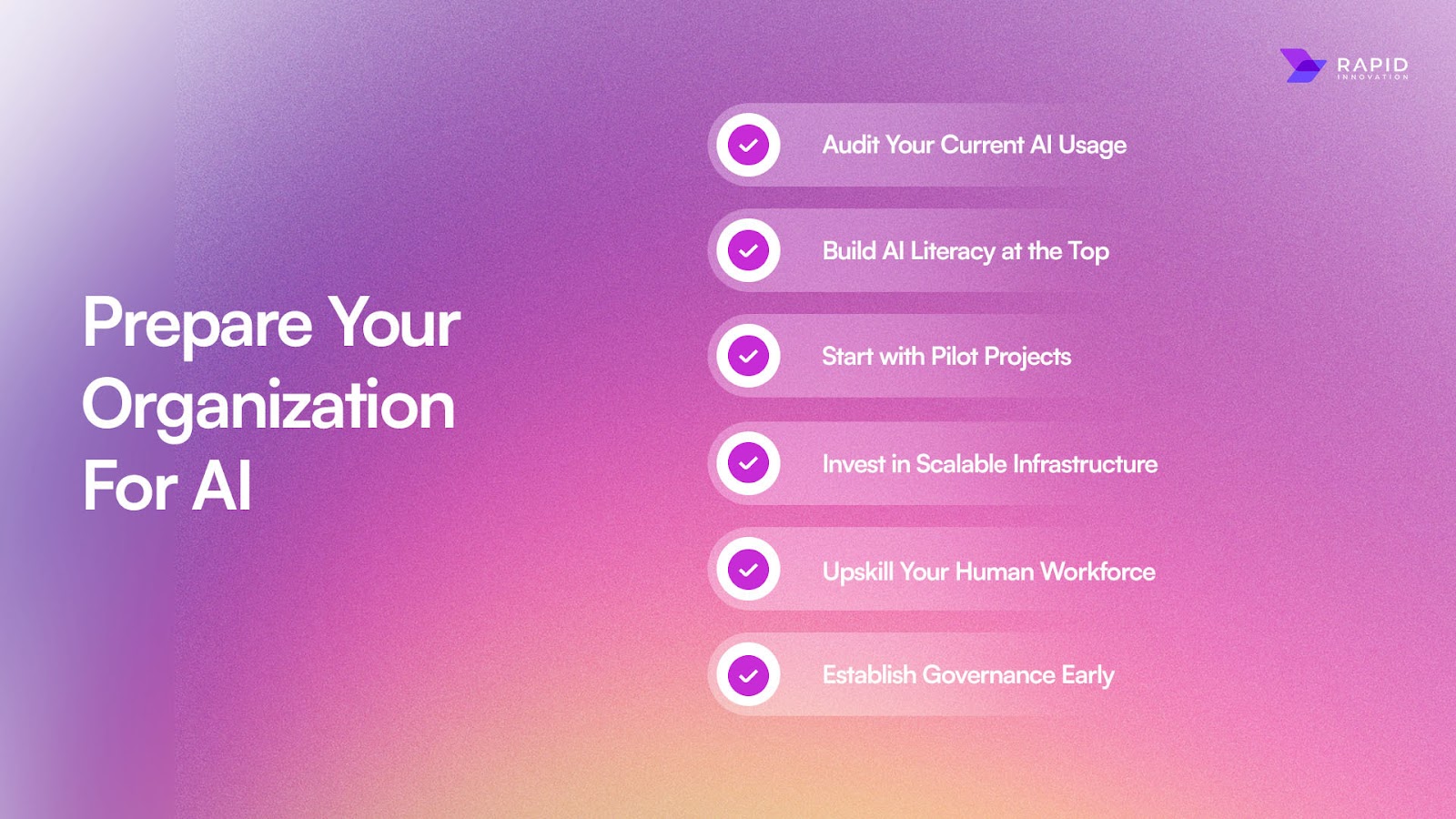Table Of Contents
Category
AI Agent
Ai Agent Workflows
A few years ago, the term “AI employee” belonged in futuristic think-pieces—something you might debate over coffee, not a decision you’d make in a boardroom.
Today, that conversation has shifted.
Hiring an AI employee is becoming as fundamental as having an internet connection or an HR department.
In 2023, just over half of companies used AI in any significant capacity.
Fast forward to 2025, and that figure has soared to 78%.

Daily AI adoption isn’t just rising—it’s exploding—up 233% in only six months.
What’s more, these AI employees are no longer experimental tools.
They’ve evolved into Agentic AI systems—digital colleagues capable of reasoning, planning, and executing with minimal oversight.
Think less basic automation script and more specialist teammate who never sleeps, never forgets, and scales instantly.
The results are undeniable: productivity up 40%, costs down up to 30%, and decision-making 44% faster.
By 2027, having AI employees won’t be a competitive advantage—it will be the baseline.
The only organisations ahead will be the ones already making the leap today.
1.From Novelty to Necessity
We’re living through the fastest workforce transformation in history—and it’s happening quietly, workflow by workflow, desk by desk.
In 2023, AI was still a tool for the curious few.
By 2025, it has become central to how work gets done.
- 78% of companies now use AI in at least one business function.
- 88% plan to increase their AI budgets this year.
AI is no longer just the domain of tech teams.
White-collar professionals, customer service reps, and healthcare workers now integrate AI into their daily routines.
Globally, 76% of offices use tools like ChatGPT, while 27% of workers interact with AI multiple times a day.
Right now, one in four enterprises already employs AI employees.
By 2027, that number will be one in two—and by then, AI won’t be a differentiator. It will be the standard.
2. 6 Forces Making AI Employees Unstoppable
The shift to AI employees is not being driven by one big invention.

It is the result of several forces that are working together, creating a future where AI employees are no longer optional.
2.1. Competitive Performance Gaps
The difference between AI-first companies and those without AI is already huge.
Organisations using AI make decisions 44% faster, operate with 75% higher productivity, and achieve major cost reductions.
Every quarter that passes without hiring AI employees makes it harder to close that gap.
For many, it will soon be impossible to catch up.
2.2. Workforce Skills Crisis
The labour market is short on AI-capable talent by 50%, and 44% of all job skills will change within five years.
There are simply not enough skilled people to meet demand.
AI employees can fill this gap, handle complex work, and keep operations running without adding large numbers of new hires.
Without them, businesses will see delayed projects, missed growth opportunities, and reduced competitiveness.
2.3. Legal and Regulatory Imperatives
Governments are shaping the AI landscape faster than many realise.
In 2024 alone, more than 400 AI-related bills were introduced across 41 U.S. states.
The EU AI Act has already set strict compliance rules, and insurers are introducing AI-specific liability coverage.
Avoiding AI will not protect a company from regulation.
It will only leave them operating outside a system designed for AI-ready businesses.
2.4. Infrastructure Investment Momentum
The world is experiencing the largest AI infrastructure build-out in history.
By 2030, spending on AI data centres is expected to reach USD 5.2 trillion.
Already, nearly half of organisations invest more than USD 100,000 per month on computing, storage, and networking for AI.
This is no longer a future plan. It is today’s cost of doing business.
Delay too long, and the barriers to entry will only get higher.
2.5. Leadership Transition
Only 2% of board members today are highly knowledgeable about AI.
Yet companies with AI-literate leaders deliver 20% stronger financial results and adapt more quickly to change.
Boards are already replacing leaders who cannot manage AI-native operations with those who can.
For executives, understanding AI is now critical for career longevity.
2.6. Environmental and Sustainability Pressures
Reaching net-zero goals will not be possible through human-only processes.
AI optimisation can reduce data centre energy consumption by up to 30% while improving efficiency in manufacturing, logistics, and supply chains.
As regulations tighten, green AI will become essential for compliance, not just a marketing claim.
Businesses that ignore it will face penalties, fines, and a hit to both reputation and profits.
3. The Growing Impact of AI Employees Across Industries
AI employees are not appearing evenly across the business landscape.
Some industries are transforming almost overnight, while others are feeling the tide rise steadily.

What is clear is that no sector is immune, and the advantages for early adopters are already stacking up.
3.1. Technology
In the tech world, adoption is already far ahead.
Half of all tech workers are frequent AI users, making this the most mature AI market.
In software development, agentic AI can boost productivity by 60%, handling code reviews, debugging, and even generating entire feature sets ready for release.
For startups, AI employees can deliver the work of a 20-person team with just five people, reducing burn rates while increasing output.
Large enterprises use them to speed up product cycles, monitor security, and manage infrastructure at scale.
3.2. Finance and Professional Services
AI employees are reshaping decision-making in finance and professional services.
In finance, they process risk models 44% faster than human teams, turning speed into measurable gains in trading and lending.
In professional services, AI assists with research, contract drafting, and due diligence, cutting turnaround times by days without sacrificing accuracy.
Their ability to work across jurisdictions, track regulatory changes, and handle massive datasets gives firms a competitive advantage manual processes cannot match.
3.3. Manufacturing
With 59% of tasks potentially automatable, manufacturing is ready for AI transformation.
AI employees are already running quality control, predictive maintenance, and supply chain optimisation with greater precision, reducing waste and downtime.
Rather than replacing humans, they multiply throughput and allow skilled workers to focus on higher-value tasks.
This creates faster production cycles, consistent output, and the agility to adjust when markets shift suddenly.
3.4. Customer Service
The automation potential here is massive.
Within a few years, 80% of service interactions could be handled by AI.
AI employees work around the clock, resolving most queries instantly and passing only the complex cases to human agents.
The result is lower operating costs, faster response times, and higher customer satisfaction.
Many companies are already seeing improved loyalty as AI becomes the first point of contact.
3.5. Healthcare
Healthcare is one of the fastest-growing areas for AI adoption.
AI employees support diagnostics, monitor patient data, and handle administrative work that would otherwise consume valuable clinical time.
Some hospitals now credit AI with saving lives by enabling faster diagnoses and treatment plans.
Whether in rural clinics or large city hospitals, the impact is clear—AI frees healthcare professionals to focus on what matters most: patient care.
3.6. Retail and E-Commerce
In retail, AI employees drive personalised recommendations, manage inventory forecasting, and adjust pricing in real time.
Retailers report conversion rates rising by up to 20% and inventory waste falling by 30%, boosting both profitability and sustainability.
They also automate product categorisation, fraud detection, and targeted marketing, helping teams respond instantly to market trends.
3.7. Logistics and Transportation
AI employees in logistics optimise routes, schedule fleet maintenance, and even predict disruptions from weather, traffic, or mechanical issues.
Large logistics networks see 15% fewer empty miles and significant improvements in on-time delivery.
These gains lower costs and strengthen customer trust in delivery reliability.
3.8. Education
In education, AI employees serve as digital tutors, grading assistants, and curriculum designers.
They adapt learning materials in real time, ensuring no student is left behind. Institutions using AI report learning outcomes improving by up to 40%.
By automating administrative work, AI gives educators more time for direct, human engagement with students.
4. Preparing Your Organization Today
The good news is you do not need to transform your entire business overnight to be ready for the AI workforce era.

But you do need to start now, and you need to start with intention.
4.1. Audit Your Current AI Usage
Look at where AI is already in play—officially or unofficially—in your workflows.
Many teams are already experimenting with AI tools under the radar.
Map these uses to identify where early return on investment is happening.
4.2. Build AI Literacy at the Top
Only 2% of board members are highly AI-literate, yet organisations with AI-ready leadership see 20% better financial performance.
Invest in executive training so decision-makers can ask the right questions, approve the right initiatives, and set the right priorities.
4.3. Start with Pilot Projects
Select one or two high-impact workflows where agentic AI can be deployed.
It could be customer service, reporting, or research. Quick wins will build momentum and internal buy-in.
4.4. Invest in Scalable Infrastructure
Whether you choose cloud-based or on-premises systems, your infrastructure must handle the data and compute demands of AI employees.
The earlier you make these investments, the cheaper and smoother your scaling will be.
4.5. Upskill Your Human Workforce
With 44% of job skills set to change in the next five years, pair AI adoption with training programs.
This allows employees to move into higher-value, human-led roles such as strategy, creativity, and relationship management.
4.6. Establish Governance Early
Set policies for AI use, compliance, and accountability before regulations force you to.
Clear governance builds trust—both internally with your teams and externally with customers and partners.
Starting now means you are not just preparing to survive in 2027. You are positioning your organisation to thrive in it.
5. The Bottom Line – The Leaders of 2027 Are Deciding Now
Every major shift in business history has a tipping point. We saw it with the internet. We saw it with cloud computing.
And now, we are seeing it again with AI employees.
The companies that will lead in 2027 are making decisions now.
They are rethinking processes, eliminating bottlenecks, and embedding AI employees into their daily operations long before the market forces them to.
Falling behind will not happen all at once.
It will happen quietly, as competitors deliver faster, scale with less friction, and capture opportunities you never even saw.
By the time the gap is visible, it may be too late to close.
For businesses, platforms like Ruh offer a premium route to that transformation.
They provide the tools, infrastructure, and expertise to integrate AI employees into workflows in a way that is scalable, compliant, and tailored to real operational needs.
This is not about experimentation it is about building a foundation for long-term advantage.
The future workforce is already here. The real question is whether it will be driving your success or someone else’s.
Get a Free Demo to see your first AI employee in action→

.jpg)





